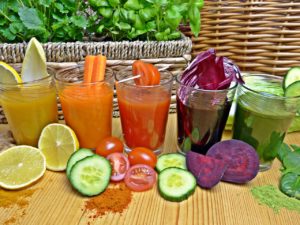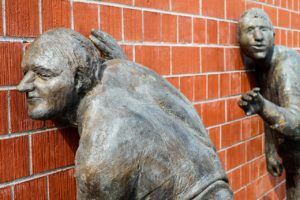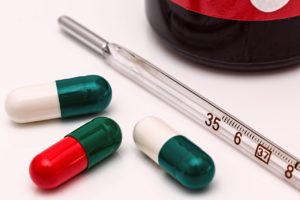Insulin is not bad [Show Notes]

The Bottom Line
Without insulin, you would die!
Some Basics
Sugar scrub = sugar + water (+/- essential oils)
– a good exfoliant to remove dead skin
Your tiniest capillaries are so small that red blood cells can barely squeeze through one at a time. So, if the fluid around the red blood cell is full of sugar, it’s like that sugar scrub on your skin.
And that extra sugar can damage the capillaries in your eyes, finger tips, toes, and organs.
The cells in your body require glucose to do their jobs.
Insulin
Insulin is the only key that will let the glucose in. No key means no glucose. No glucose means no energy. And no energy eventually means death.
Insulin is also responsible for fat storage.
If you don’t eat the sugars, the body will use the fat stores on your body for energy. But if you don’t consume energy sources (by being on a specific diet) AND your energy stores are depleted, your body will break down the proteins (aka muscles of your body) to make energy. Your brain (and other organs in your body don’t want you to die).
Sugars and fats you eat gets turned into glucose. Insulin opens the doors to allow the cells to use the glucose. If there’s extra glucose around, insulin tells the liver to link it together to form glycogen and store it for later. If the glycogen storage is full, insulin tells the liver to turn the glucose into triglycerides (think clogged arteries and growing fat deposits).
Free glucose is the easiest and fastest to use. But during times that you’re not actively consuming sugars (like when you’re sleeping), your body is still working and that’s when glycogen can be used to provide glucose.
How much sugar in a day?
It’s always different for different people. The goal is having a level blood sugar as much of the day as possible. The rule of complex carbs being better than simple carbs is true, because it takes your body longer to break down and use complex carbs. While simple carbs usually dump a whole log of glucose in your blood stream at one time. And natural sugars are better than processed sugars because processed sugars tend to be more concentrated.
Your body has an easier time utilizing nutrients and supplements that look more like itself over ones that are synthesized in lab.
Holla!
Rachel Mayo is my diabetes hero!
Find her at:
Callback
Connect with me
Support us on Patreon
*NEW* Join the Pharmacist Answers Podcast Community on Facebook
Subscribe: iTunes, Stitcher, GooglePlay, TuneIn Radio





